Silence is Martin Scorsese’s film about Jesuit priests in 17th-century Japan whose faith is sorely tested, just as your patience will be sorely tested too. There are moments of grandeur. The landscape is lush, and often mistily beautiful. The torture porn is spectacularly inventive. But its commercial compromises may drive you to distraction (the casting, the language choices), it is punishingly repetitive and, at nearly three hours, sooooooo, sooooooo long. My own patience was sorely tested to the point that I might have taken a little bit of a nap. If I did I never sensed I missed anything of note, but then it is that kind of film.
This is based on the 1966 novel by Shusaku Endo who was, unusually, a Japanese Catholic, known as ‘the Japanese Graham Greene’. The novel fictionalises true historical events and the persecution of Christians in 17th-century Japan as a means of exploring cultural difference, the nature of belief, imperialism and what it costs to follow Jesus Christ when life isn’t going too well and you may be hung upside down over a pit with a nick in your neck — to bleed to death, slowly — for your trouble. (For anyone who is of the mind that the Japanese have always been unfairly stereotyped as horrendously cruel sadists there is absolutely no succour here.)
Scorsese, who himself studied for the priesthood early on, had wanted to make this film for 30 years — he vowed that if Wolf of Wall Street was a success, he would go for it — and while we’re all for people fulfilling their dreams, couldn’t they be restricted to 90-minute ones? Or, it being a long-cherished project, 100 minutes, max? We have lives, you know.
The basic plot is simple: two Portuguese priests, Father Rodrigues (Andrew Garfield) and Father Garupe (Adam Driver), who speak to each other in English with peculiar, intensely distracting accents, travel to Japan to search for their beloved mentor, Father Ferreira (Liam Neeson, in a role that doesn’t demand he beats the shit out of everybody …hallelujah!). Ferreira, they have heard, has apostatised and gone native, which they find impossible to believe. The film opens with a flashback prologue of Ferreira being forced to watch boiling water being ladled over the bodies of Japanese Christians (‘Kirishitans’). Each small splash, his voiceover tells us, feels ‘like a burning coal’. Henceforward, the theology, while presenting itself as complex, is, in fact, also basic, as this is a film that essentially keeps asking the same question: if your belief is causing suffering to others, should you renounce it? (‘Yes!’ said our panel of experts, but then they did have homes they wished to get back to.)
Driver, the more interesting, more awkwardly angular actor is, alas, sidelined early on, so we’re left with Garfield, whose accent remains iffy, whose hair remains glossily coiffed, whose features remain placidly bland, and who does not offer the depth and heft of, say, Neeson who, it turns out, is pretty good when not beating the shit out of everybody — who knew? — and is able to convey both anguish and torment. Rodrigues, meanwhile, tends to his Kirishitan flock, who have been forced underground. He performs masses and baptisms and hears confessions until discovered by the ‘Inquisitor’ (Issey Ogata), who will do whatever it takes to get Rodrigues to trample on the fumie — a crude bronze plate depicting the face of Christ. ‘Trample, trample!’ urged our expert panel, but Rodrigues won’t trample, and the more he won’t trample, the more Kirishitans are tortured. He can hear their screams from his prison cell. He is made to watch as they’re crucified at sea, burned alive, bound and tossed from boats. Also, that thing with the neck and the pits, and whatever I might have missed, if I did have a little nap.
I am hopelessly squeamish, as we know, but I did not squeam. This was party because it’s just so dramatically monotonous — he’s still refusing to trample; here comes another torture — but also because we are not led to feel anything for the Kirishitans, who are treated as disposable and never as full-blooded characters or even fellow human beings. (They’re like extras from The Mikado who’ve hit a spot of bother.) The other narrative imperative is the showdown between Rodrigues and Ferreira, but this is wholly anti-climatical, offering up none of the answers you yourself were rather praying for.
As I’ve never read the book, I can’t comment on any faithfulness in this respect, but much of the script does sound like literary prose read aloud, and it is also repetitive. The ‘silence’ refers to no word from God, even when people are suffering. ‘How can I explain his silence to these people who have endured so much?’ asks Rodrigues, in various forms, over and over, like we just didn’t get it the first time. (‘We got it!’ said our panel.) Also, it is sooooooo, sooooooo long …but I think I already mentioned that.
Got something to add? Join the discussion and comment below.
Get 10 issues for just $10
Subscribe to The Spectator Australia today for the next 10 magazine issues, plus full online access, for just $10.
You might disagree with half of it, but you’ll enjoy reading all of it. Try your first month for free, then just $2 a week for the remainder of your first year.

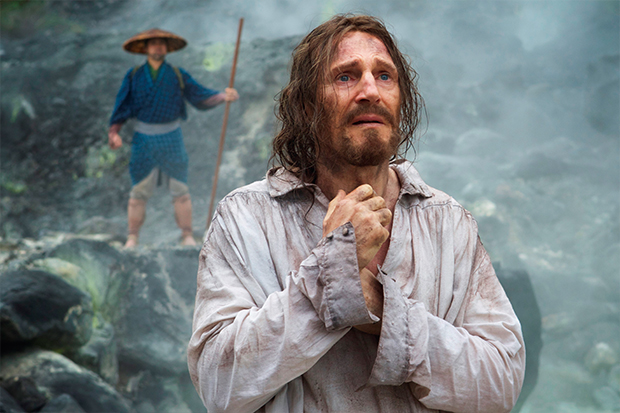
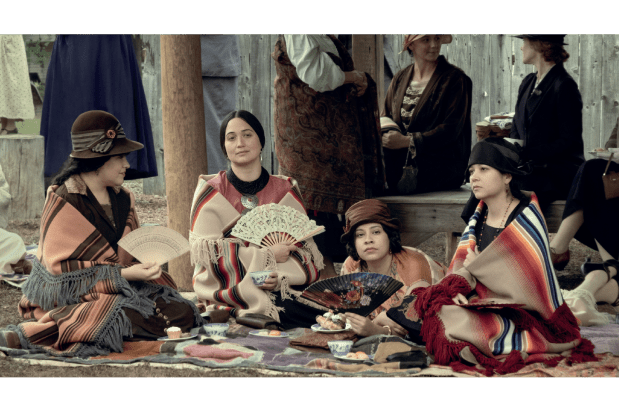

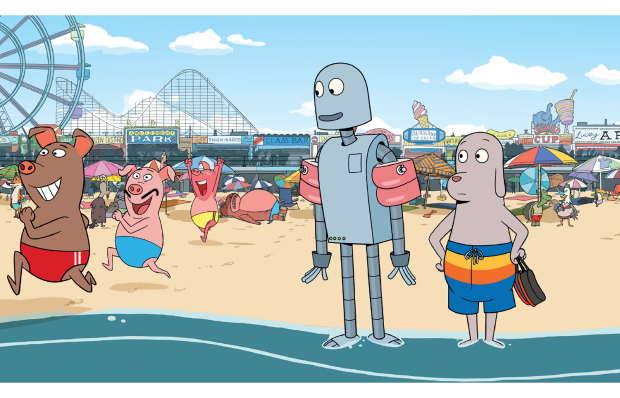
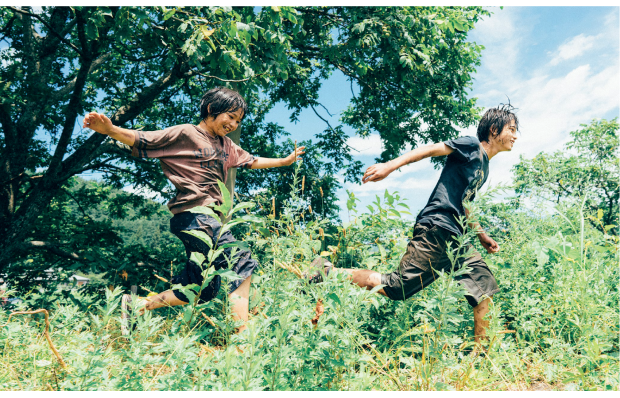

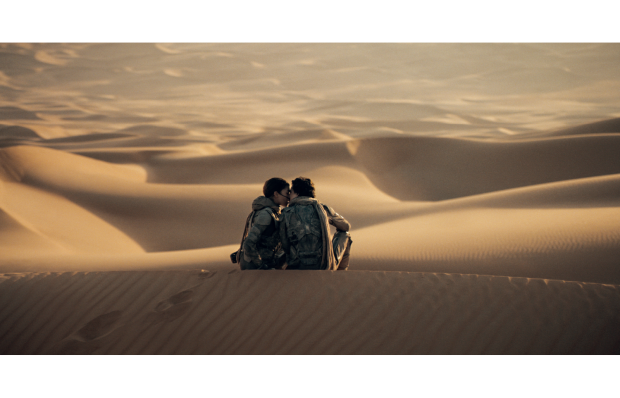






Comments
Don't miss out
Join the conversation with other Spectator Australia readers. Subscribe to leave a comment.
SUBSCRIBEAlready a subscriber? Log in